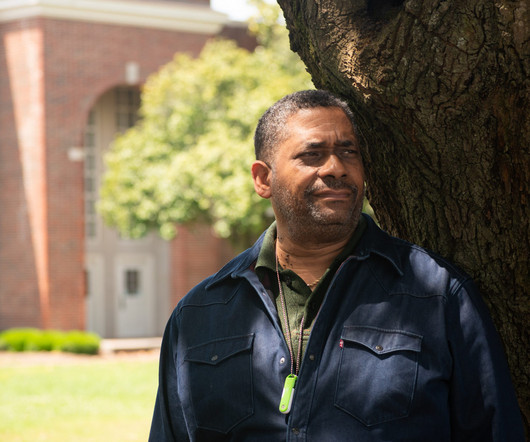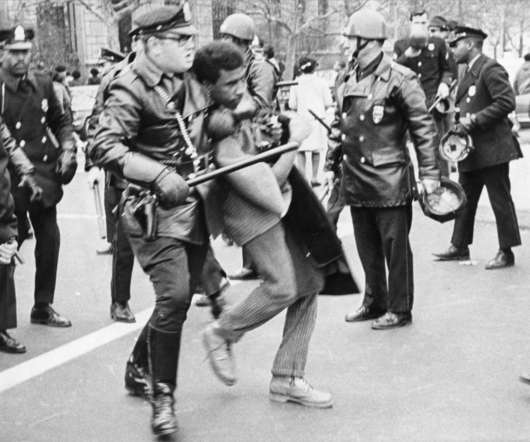How does an NCHE Colloquium come together?
NCHE
MAY 1, 2023
Since 2017, NCHE has offered professional learning colloquia that focus on “Technology’s Impact in American History (TIAH).” With Francis’s help, we began to frame a colloquium to focus on the pre-19 th century period and chose the title, “ Uncovering Lost Voices in American History.” appeared first on ncheteach.org.












Let's personalize your content